Graduate Directory 2020: Transport
Although conceptual sports cars, far-out superyachts and even spaceships still emerge as student projects, many of this year’s graduates are looking to less conventionally streamlined forms. Perception of the car is changing, and the young designers charged with shaping its future have a new take on mobility. Meet the best in class here

Marcus Lawson Coventry School of Art and Design, UK
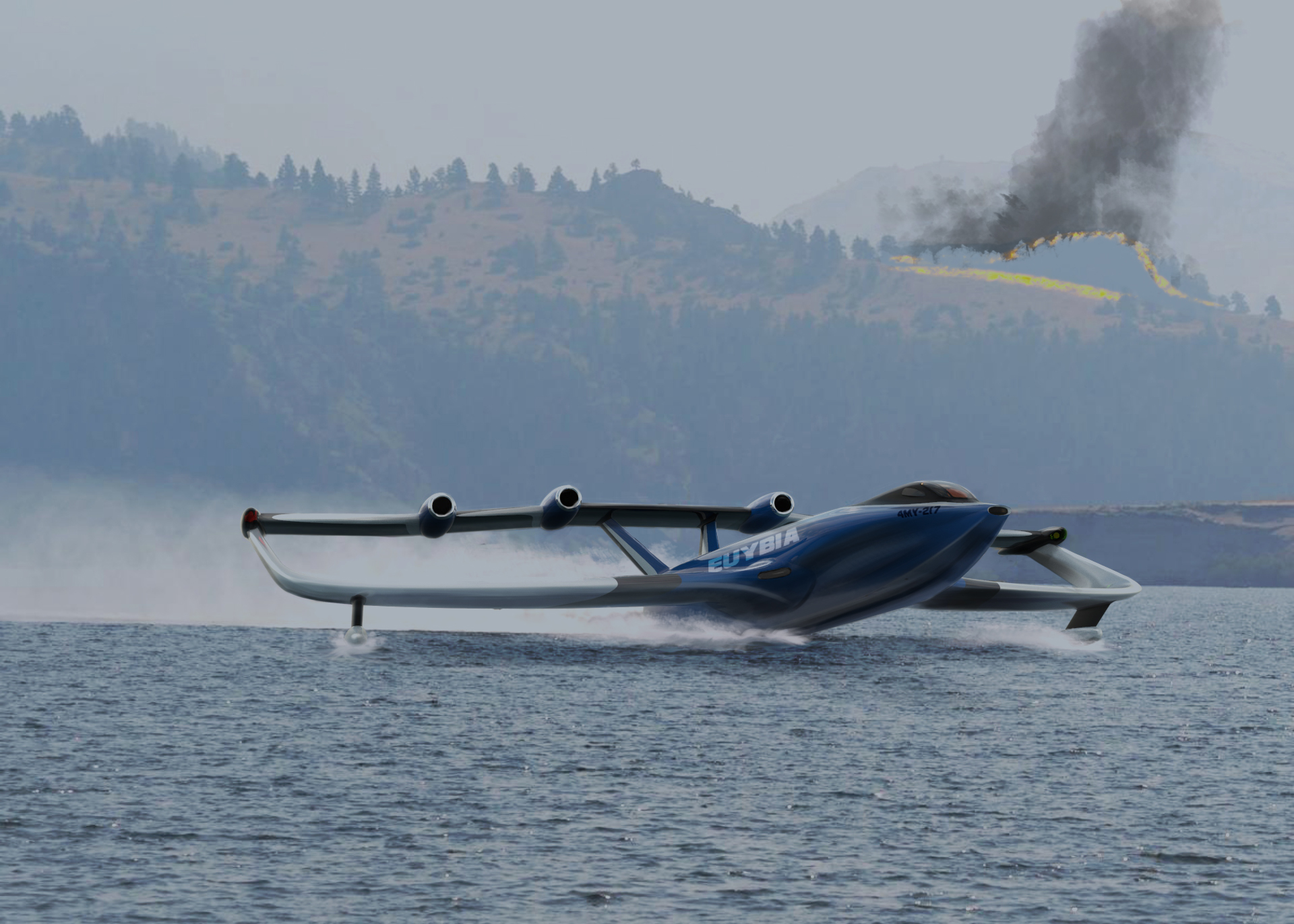
Lawson's 'Eurybia' is a conceptual fire-fighting plane, an increasingly pressing need in this era of rapid climate change, inspired by the iconic Bombardier 415 'superscooper' with an efficient 'closed wing'. Lawson is also predicting a post-combustion engine future for our roads, citing Volvo as a current pioneer, as well as drawing inspiration from the creations of Lego.
Dream collaborator: Peter Horbury, Head of Design at Geely
behance.net/Marcuslawson
Jude Fan Coventry School of Art and Design, UK
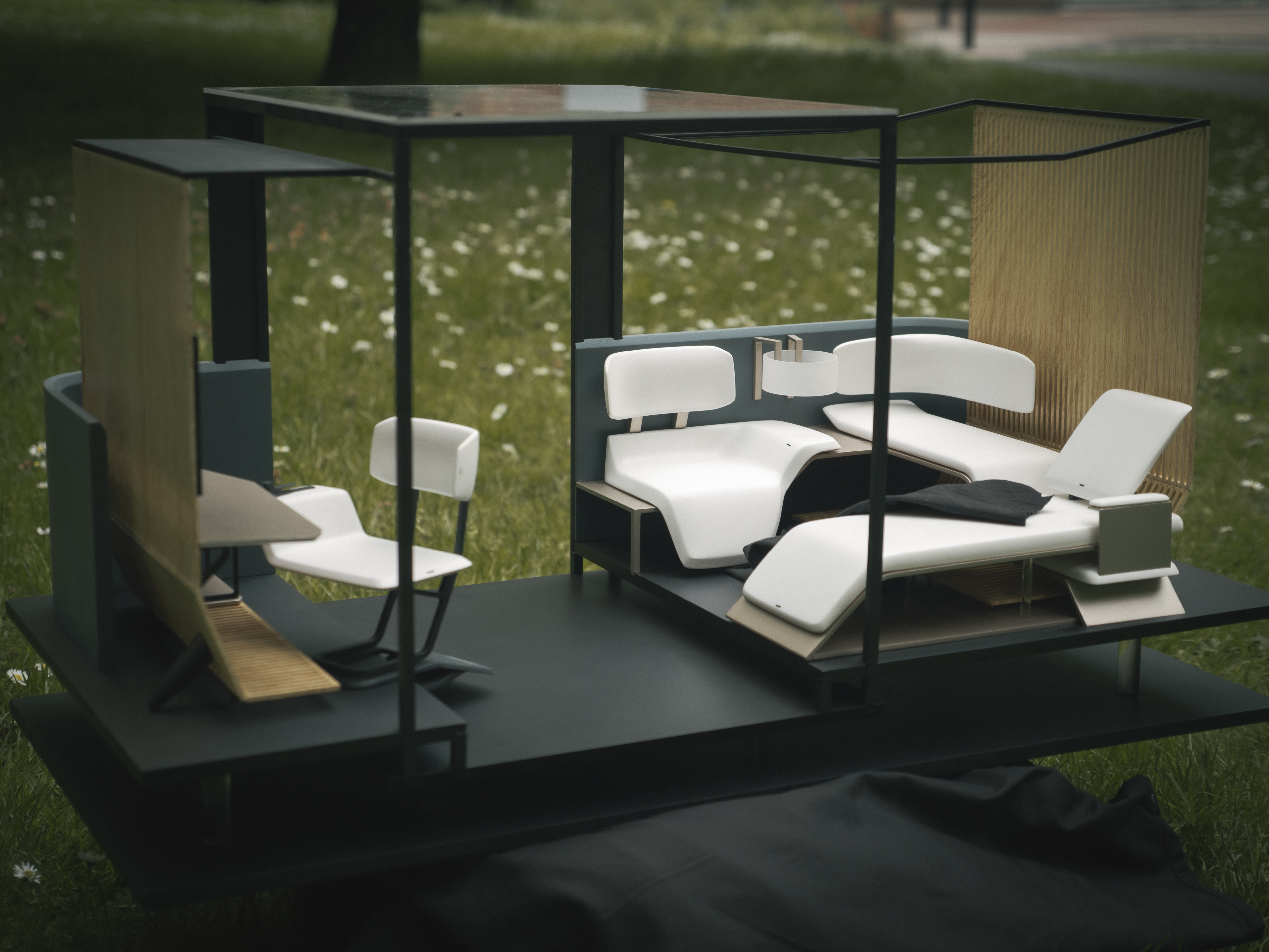
'I'm inspired by the great cars of the early 2000s,' says Fan, 'the BMW Z4, Lamborghini Murcielago, Aston Martin DB9.' Fan also rates contemporary designs by Mazda and Volvo, as well as the new auto start-ups, and expects the end of conventional car ownership and a greater emphasis on efficiency. Fan's conceptual ecosystem blends architecture, technology and mobility. 'I designed the house floorplan around the vehicle to provide with a seamless experience, improved people flow and connection linking private, public space.'
Dream Collaborator: Jony Ive
behance.net/Judedesign
Haoyue Jia Umeå Institute of Design, Sweden
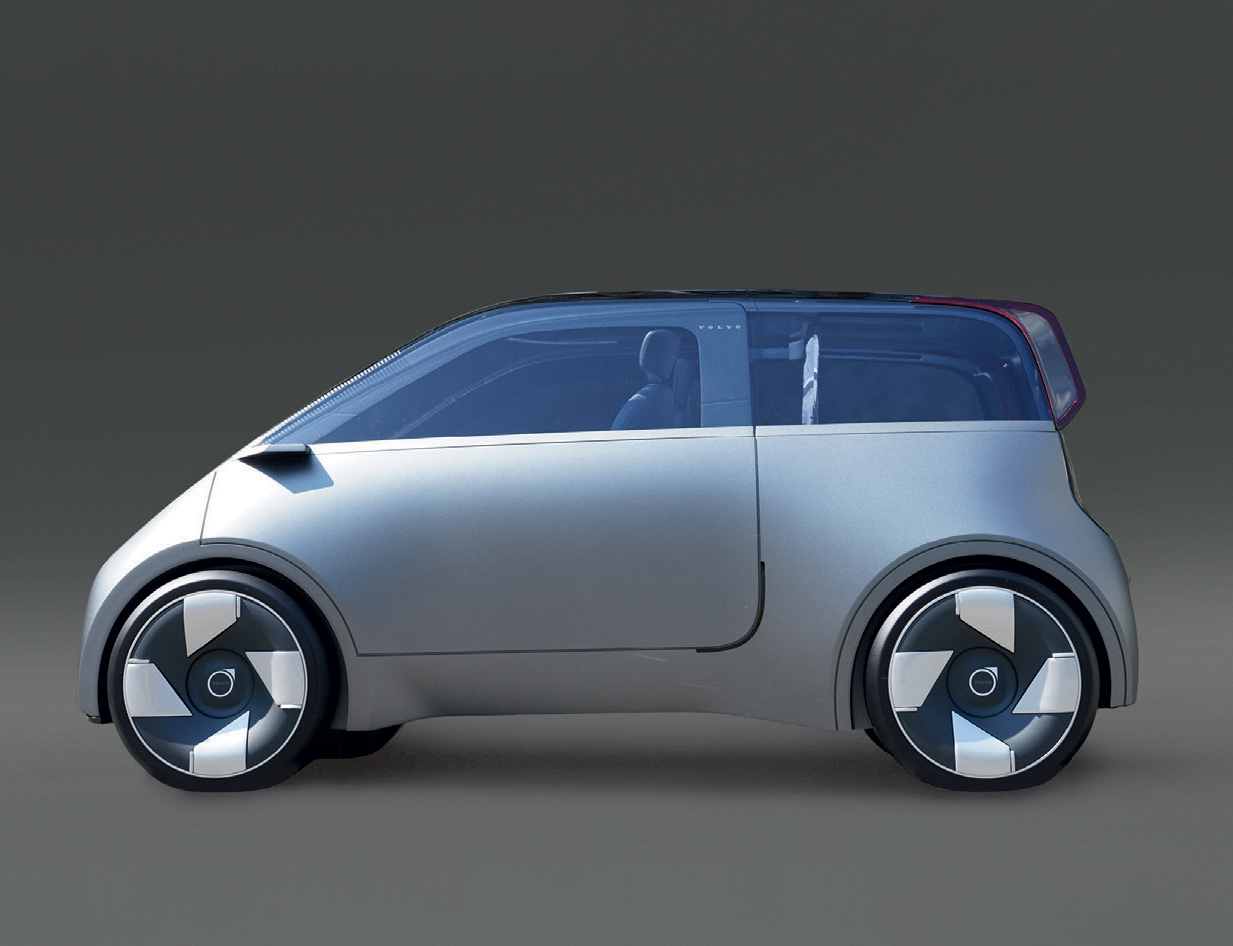
Jia's impressively conceived Volvo Compact Concept previews a small city car for the year 2030. 'I see mobility as an approach to freedom of movement; it doesn't matter if private ownership no longer exists.' Mixing the Swedish company's purist design language with the practicalities of urban travel, the VCC is small but perfectly formed. 'At Umeå I was influenced by other disciplines, like product and interaction design.' Currently working in China, Jia believes an autonomous world is 'just around the corner.'
Dream collaborator: Waymo, Google's self-driving project
behance.net/bigbian
Marc Faulhaber Hochschule Für Design, Pforzheim, Germany
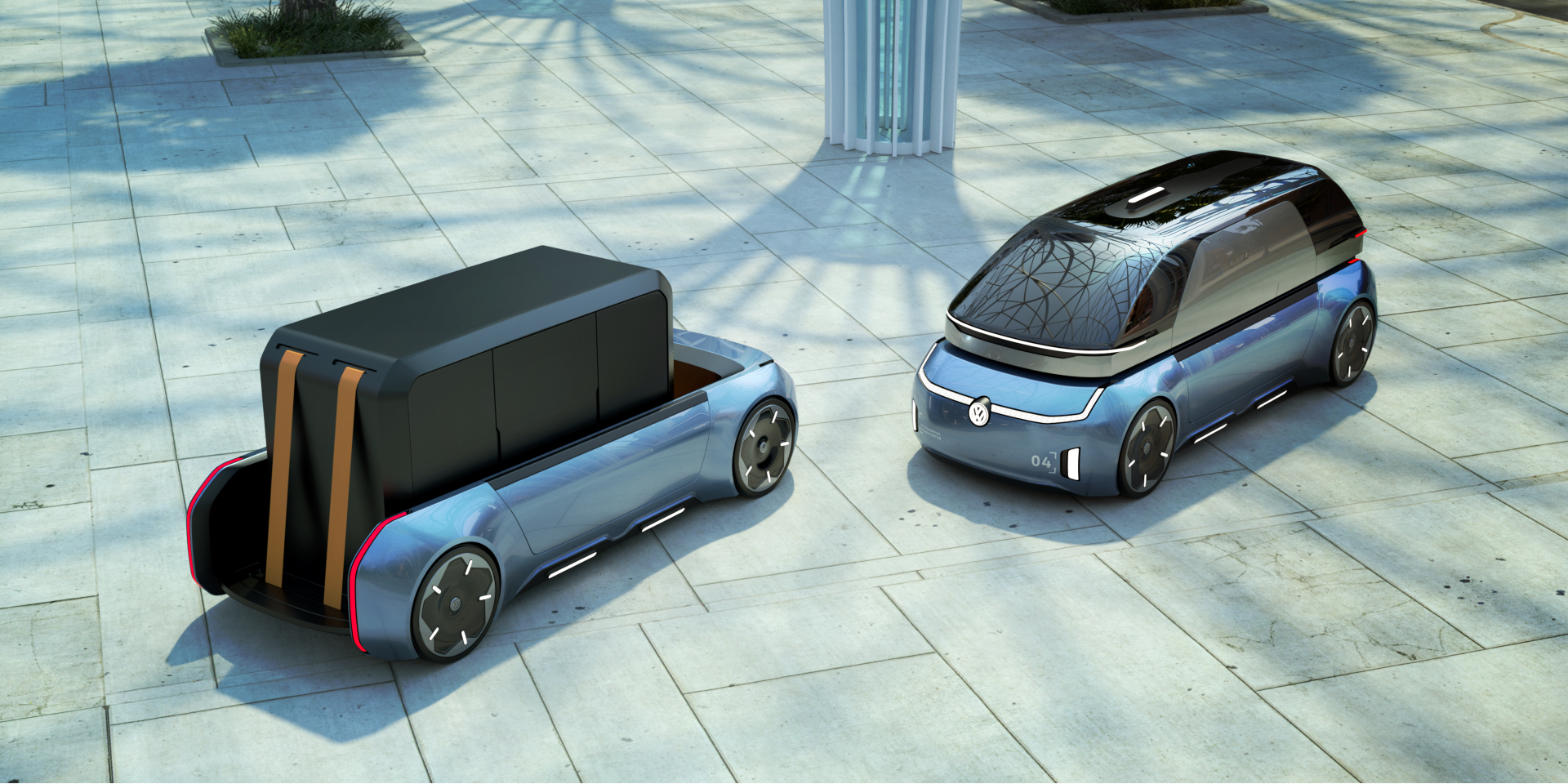
Marc Faulhaber's VW Concept encapsulates his view that 'many people see the car changing from a status symbol towards a pure object of utility.' The modular design can swap out a passenger compartment for freight and vice versa, with lines evolved from VW's crisp contemporary approach. Faulhaber cites recent Mazda designs as being especially strong and is currently working at design and engineering specialists Volke.
Receive our daily digest of inspiration, escapism and design stories from around the world direct to your inbox.
Dream collaborator: An open-minded, innovative and future-oriented company
marc_faulhaber@t-online.de
Saurabh Nimsarkar ArtCenter College of Design, Pasadena, USA
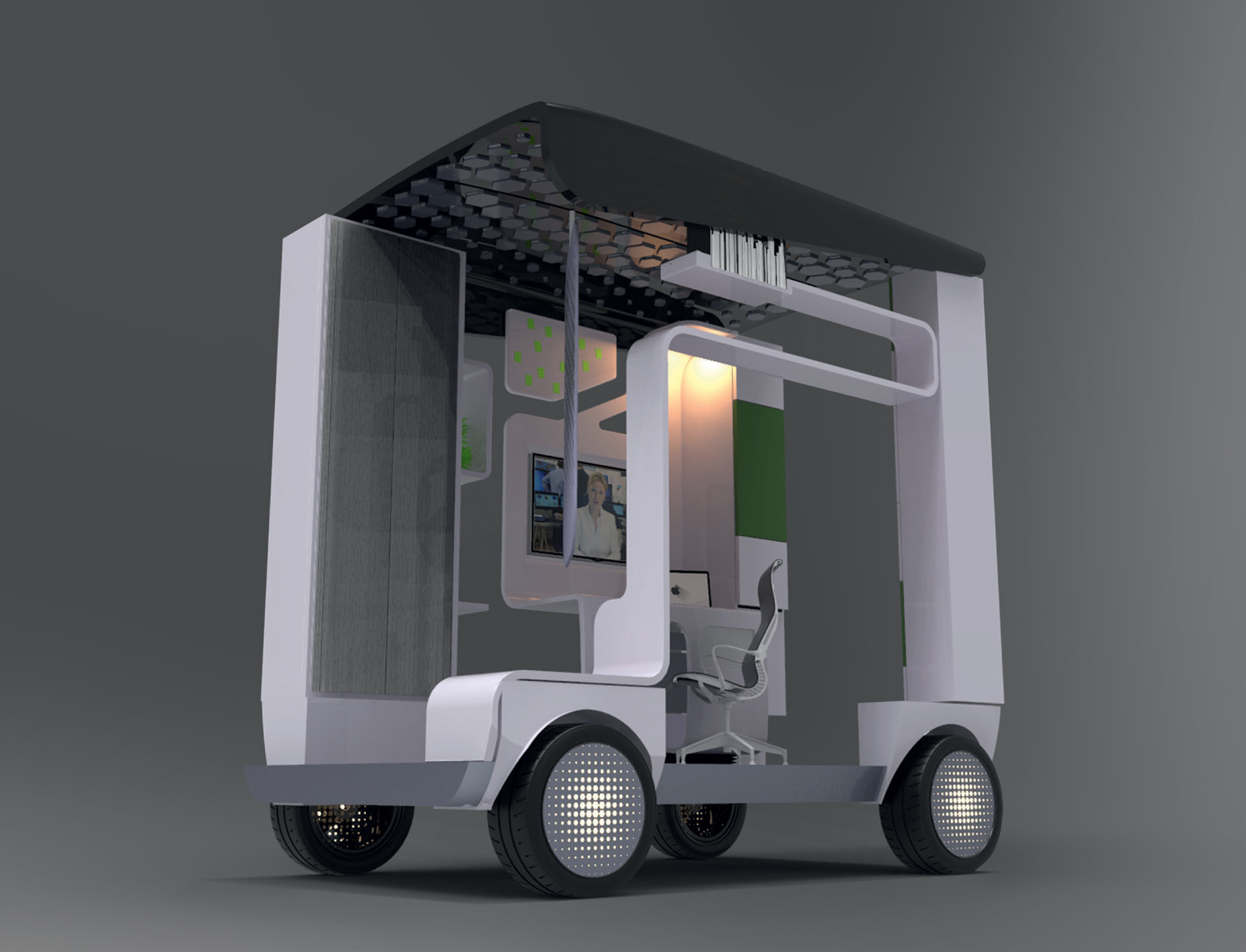
Nimsarkar's Mod-Liv is 'a home on wheels for an autonomous era,' a fusion of automotive design cues with a modular mobile home approach. 'It questions our current day dwelling and placemaking practices and embraces nomadic and minimal lifestyles,' he says. Like many other Transportation graduates, Nimsarkar envisions a future of improved infrastructure and smarter connectivity. 'Car brands will embrace and offer personal mobility devices as a part of their eco-system'. Inspiration comes from the work of Ora ïto and Superflux, as well as a world beyond commercial and marketing agendas.
Dream collaborator: Anthony Dunne and Fiona Raby from Dunne and Raby
be.net/saurabhnimsarkar
Thibaud Porcherot Strate School of Design, Paris, France
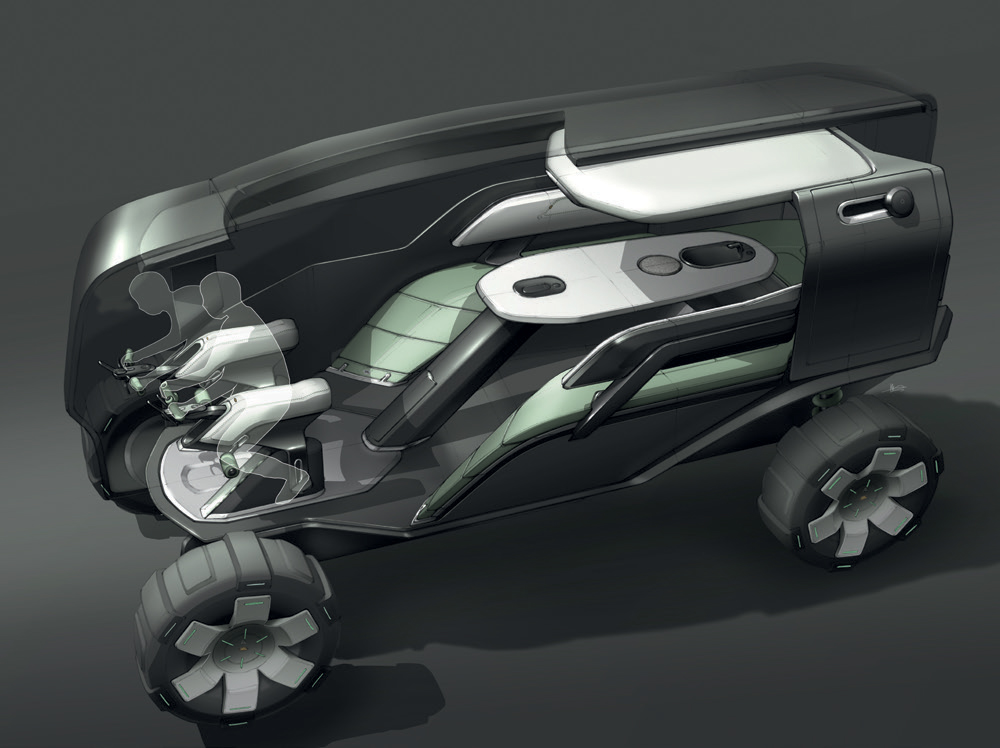
Porcherot's Land Rover Icelander looks forward to a world of automotive experiences, driven by brands and technology, but distinct and different from conventional car owning. 'Mobility design is no longer about designing a beautiful car or object – it's about about creating meaningful vehicles.' Porcherot admires the interior-focused concepts developed using 'outside-in' design. 'I try to be curious. The social aspect is becoming more and more important in mobility, and I think that's something we can learn from architecture or product design.'
Dream collaborator: Raphael Le Masson, automotive interior design at Citroen
behance.net/thporche1216
INFORMATION
Jonathan Bell has written for Wallpaper* magazine since 1999, covering everything from architecture and transport design to books, tech and graphic design. He is now the magazine’s Transport and Technology Editor. Jonathan has written and edited 15 books, including Concept Car Design, 21st Century House, and The New Modern House. He is also the host of Wallpaper’s first podcast.
-
 Korean designer Yoonjeong Lee tells ordinary stories in extraordinary ways
Korean designer Yoonjeong Lee tells ordinary stories in extraordinary waysWallpaper* Future Icons: Yoonjeong Lee's work is based on a fascination for utilitarian objects, from pencils to nails, recreated with innovative casting methods
-
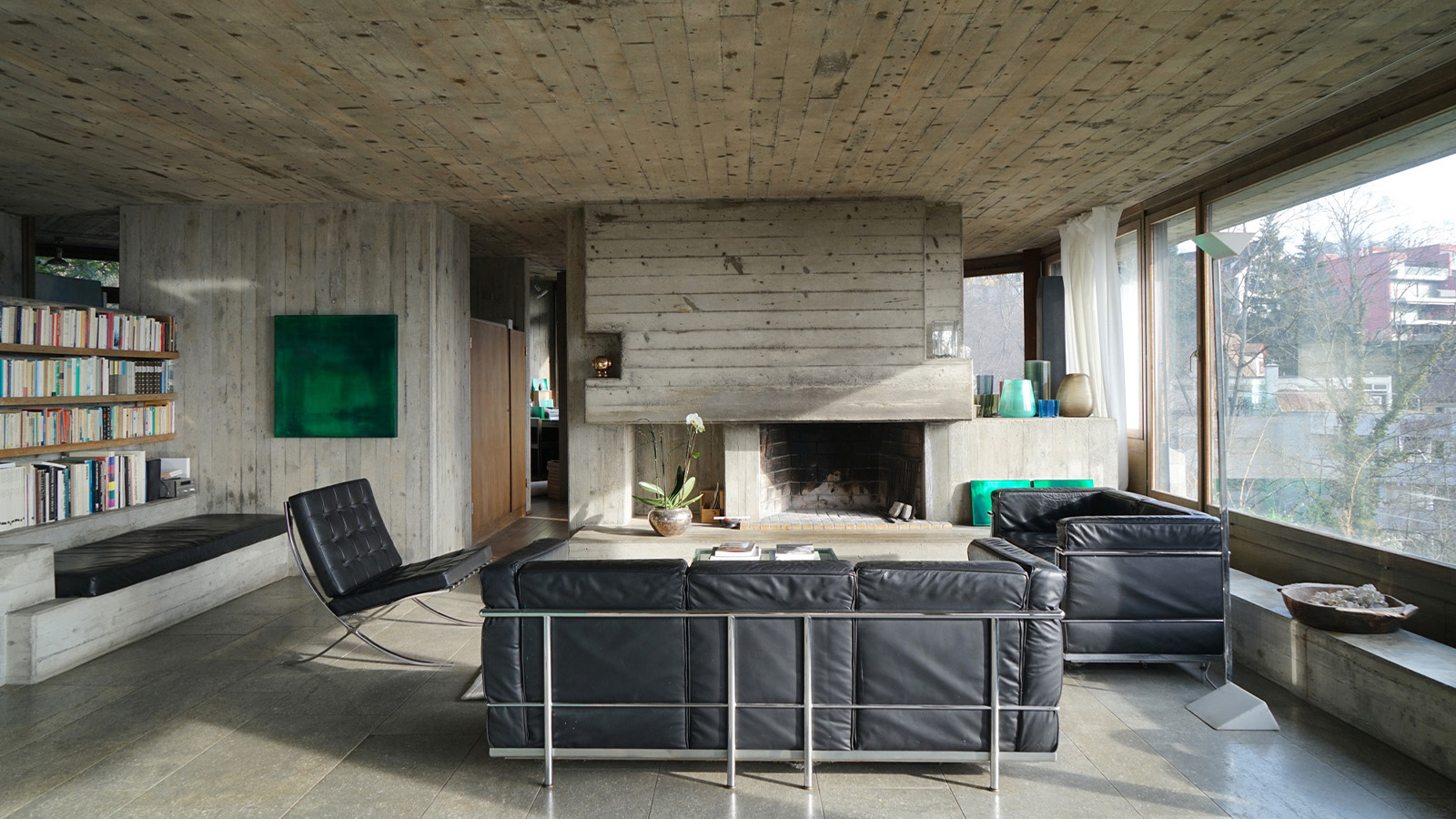 Inside architect Andrés Liesch's modernist home, influenced by Frank Lloyd Wright
Inside architect Andrés Liesch's modernist home, influenced by Frank Lloyd WrightAndrés Liesch's fascination with an American modernist master played a crucial role in the development of the little-known Swiss architect's geometrically sophisticated portfolio
-
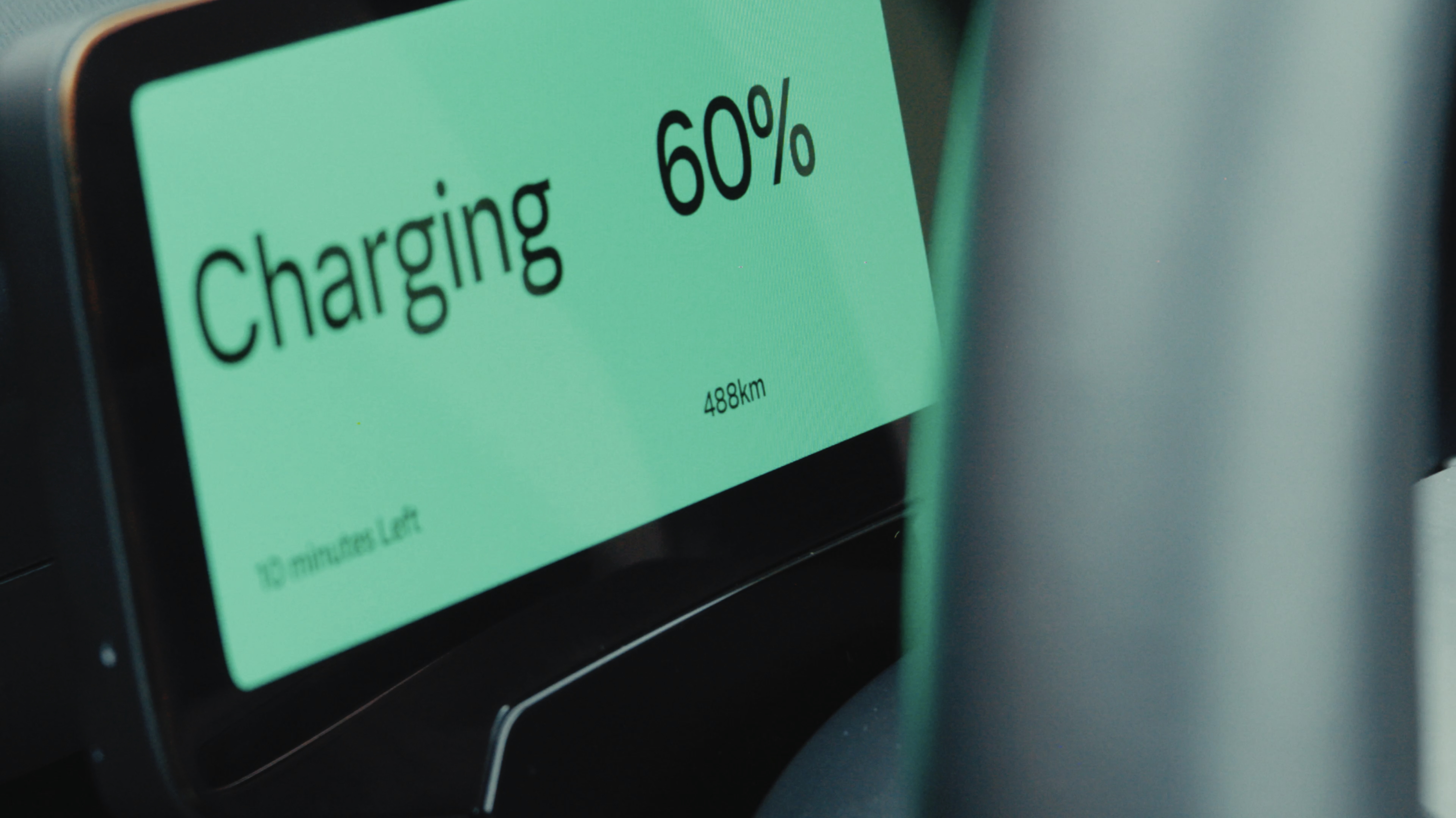 Volvo’s quest for safety has resulted in this new, ultra-legible in-car typeface, Volvo Centum
Volvo’s quest for safety has resulted in this new, ultra-legible in-car typeface, Volvo CentumDalton Maag designs a new sans serif typeface for the Swedish carmaker, Volvo Centum, building on the brand’s strong safety ethos
-
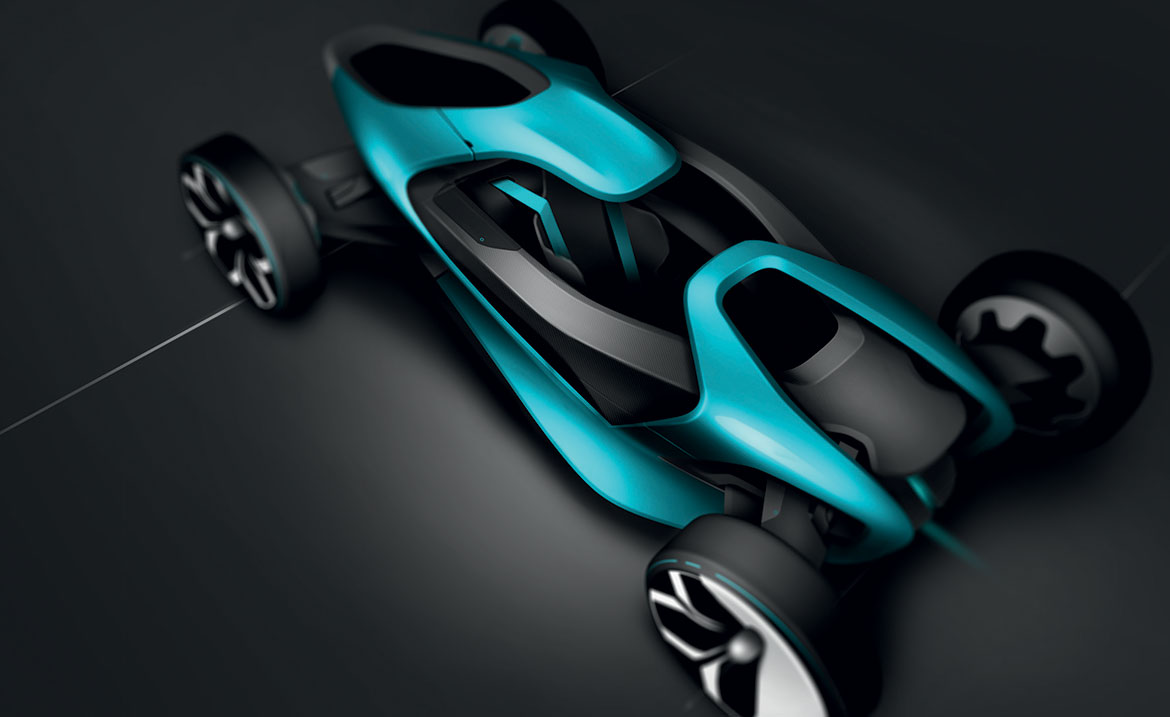 Transport
TransportSetting the wheels in motion for the future of transportation
-
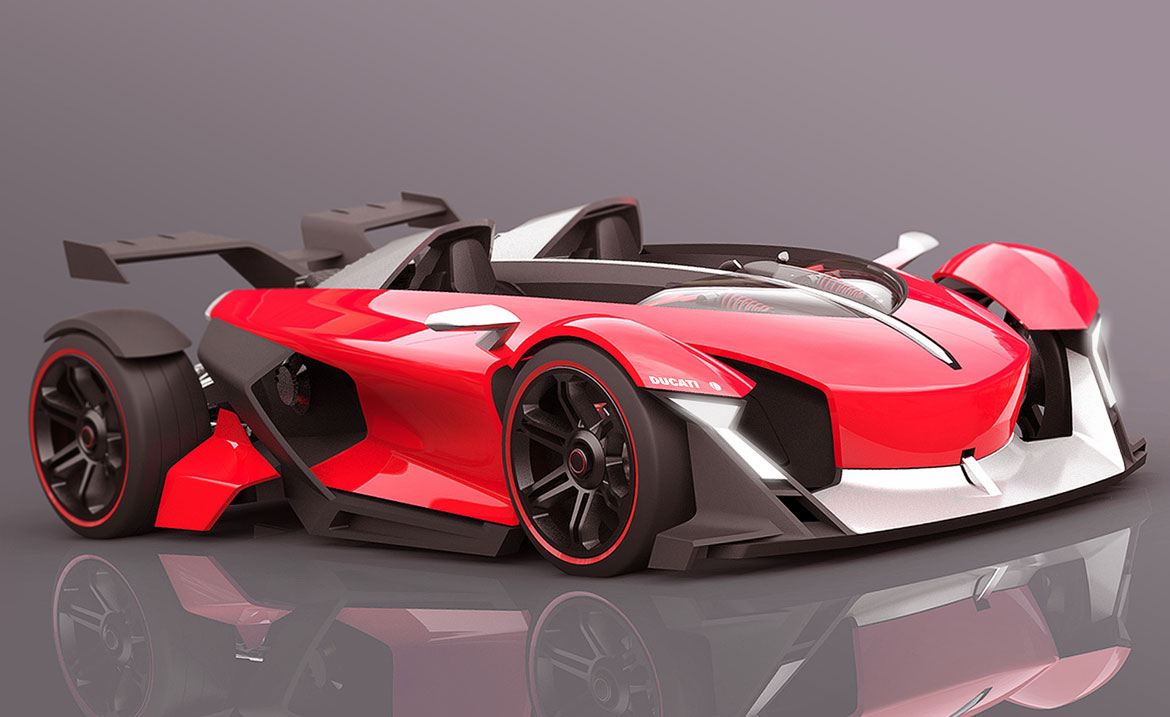 Transport
TransportThe design stars of tomorrow show off their creative drive
-
 Transport
TransportThe future looks exciting when surveyed through the eyes of the world's aspiring automotive and aviation designers